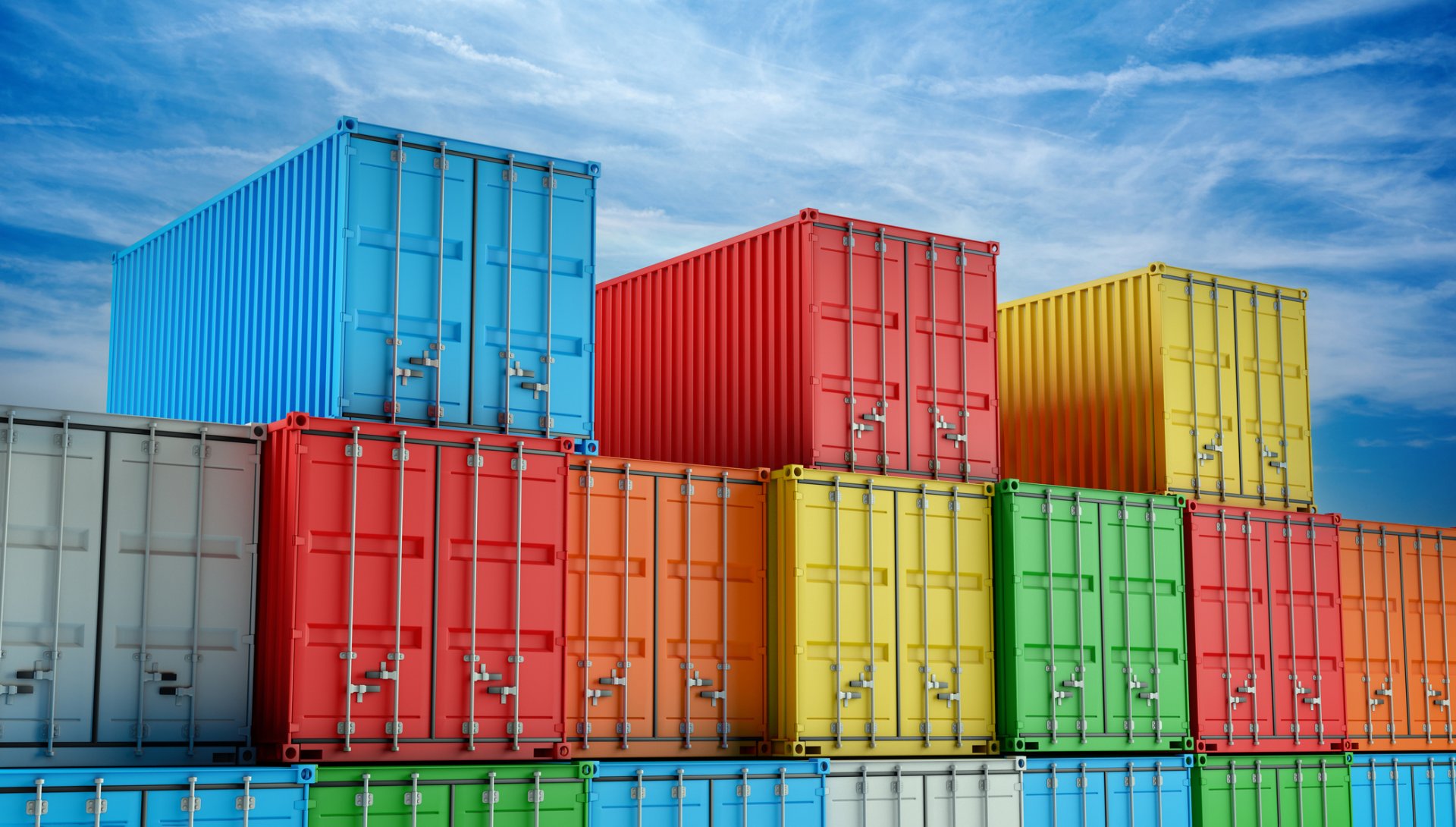What Is Moisture Damage?
Last updated: 24 Sept 2025
313 Views

Common examples of moisture damage include:
Mold and Mildew Growth
Mold and Mildew Growth
- Excess moisture can create favorable conditions for the growth of mold and mildew. This can lead to discoloration, odors, and, in severe cases, structural damage.
Corrosion of Metals
- Moisture can accelerate the corrosion of metal surfaces, leading to rust and degradation. This is especially relevant in industrial settings or during transportation.
- Wood products, if exposed to prolonged moisture, can experience rot and decay. This compromises the structural integrity of wooden structures or items
- Moisture can harm electronic devices and components, leading to malfunctions, short circuits, and corrosion of sensitive electronic parts.
Food Spoilage
- Moisture damage in the form of excess humidity or water can lead to the spoilage of food products, promoting the growth of bacteria, mold, and other contaminants.
Paper Deterioration
- Paper products are susceptible to moisture damage, resulting in warping, wrinkling, and the potential for mold growth.
Degradation of Textiles
- Fabrics and textiles may suffer from moisture damage, leading to stains, shrinking, or the growth of mildew.
- Moisture can compromise the quality and safety of pharmaceuticals and food items, leading to spoilage, contamination, or reduced efficacy.
Electronic Equipment Malfunctions
- Moisture can infiltrate electronic devices, leading to malfunctions, reduced performance, or complete failure.
Packaging Damage
- Moisture can compromise the integrity of product packaging, affecting the quality and safety of the enclosed goods.
Delamination
- Moisture damage can cause the separation or splitting of layers in composite materials, such as laminates or plywood.
Preventing moisture damage involves employing strategies such as proper storage conditions, effective packaging, moisture control measures, and maintaining suitable environmental conditions. The specific measures taken depend on the type of materials or products involved and the potential impact of moisture on their quality and functionality.
If you would like more information about the most suitable desiccant solutions for your needs, please feel free to contact us for expert consultation at Tel. (+66) : 020 042 941-2 E-mail : info@inpat.co.th or visit our website at https://inpat.co.thRelated Content
Moisture prevention is often crucial for the shipment of machinery products. Machinery, equipment, and mechanical components can be highly sensitive to moisture, and exposure to high humidity levels can lead to various issues that may impact functionality, performance, and overall product quality. Here are some reasons why moisture prevention is important for machinery products during shipment:
11 Aug 2025
Container desiccant is a type of shipping material thats used to prevent humidity and water damage to cargo.
11 Aug 2025
9 Practical Benefits of Using Desiccants
11 Aug 2025





